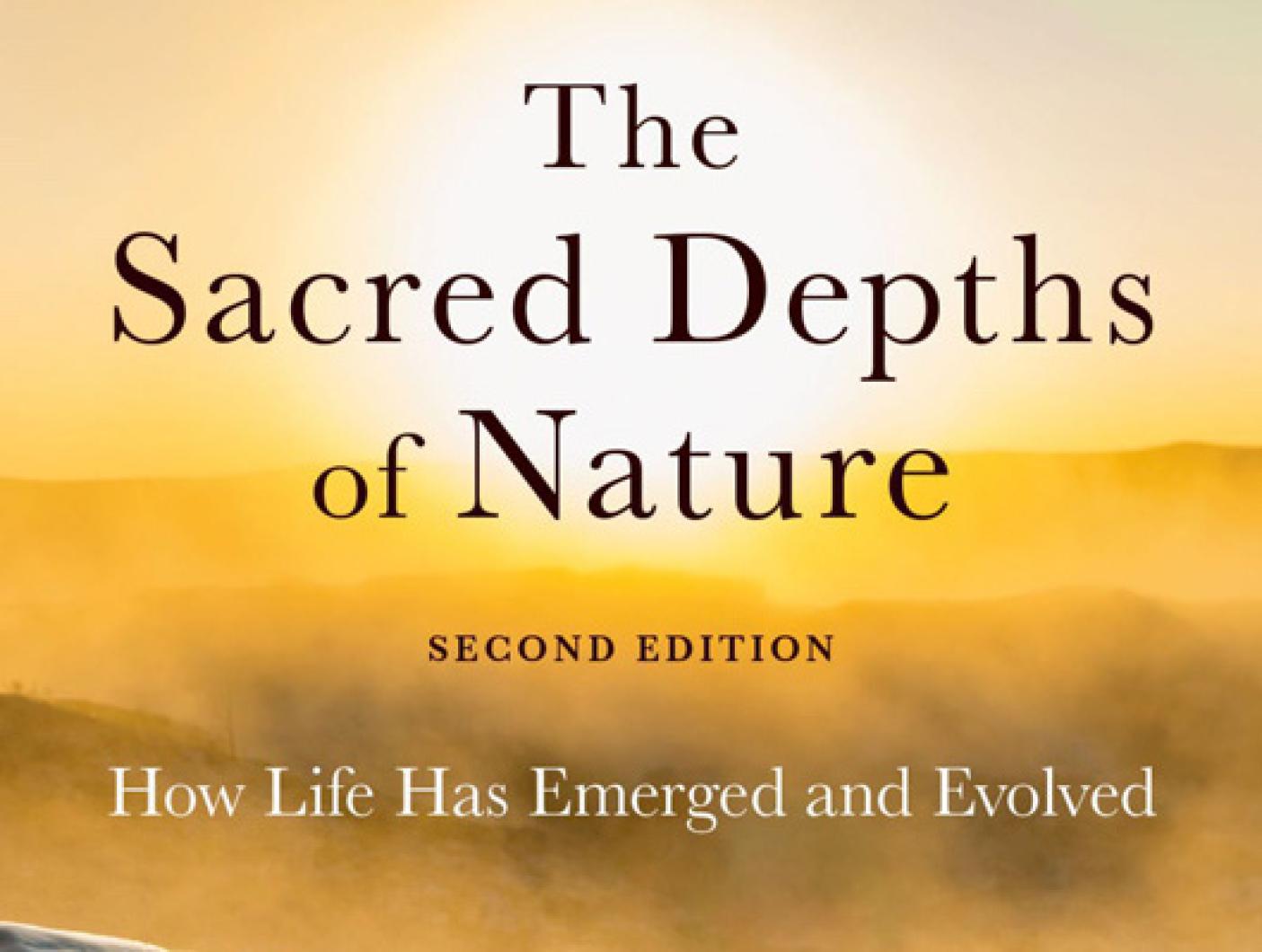The Sacred Depths of Nature (Second Edition) How Life Has Emerged and Evolved by Ursula Goodenough, Oxford University Press 2023, 288 pages, $29.95.
Ursula Goodenough, professor emerita of biology at Washington University and year-round Vineyarder, presents a second edition of her book The Sacred Depths of Nature, a slim and heavily-illustrated scientific look at the multifaceted marvels of nature, both on this planet and in the broad universe.
But it’s more than a solely scientific look, and given the polemically-charged atmosphere in our current society about, well, everything, Ms. Goodenough has to tread warily and choose her words with extreme care, so as not be labeled either a science-denying peddler of nonsense by the hard-core materialists in her audience or a hard-core materialist by the science-denying nonsense fanciers who might happen across her book.
What she’s seeking to do in these pages is trace a thread of thrilling immanence through dark morass of mere facts. She looks at the mind-staggering enormity of a universe that neither knows nor cares about the humans existing on one small speck of dust, and she considers the equally mind-boggling counterintuitive happenings of the quantum realm, and she tries to chart a course that appreciates both without surrendering to what she refers to as “the nihilism that lurks in the infinite and the infinitesimal.”
In quiet, glowingly-enthusiastic prose, she describes a natural world that has miracles but no miraculous, souls but no spirits, glory but no gods.
“Once we experience a solemn gratitude that we exist at all, share a reverence for how life and the planet work, and acknowledge an imperative that both continue to flourish,” she writes, with the optimism that infuses the whole book, “our conversations will be infused with intimations of the sacred depths of Nature and our responsibility to nurture that which we deem sacred.”
The atheists among Ms. Goodenough’s readers may wince a bit at the importing of religious terminology in this way, given the efforts so many religious people over the centuries have made to retard or destroy the very ideas of astronomy, geology and especially evolution celebrated in these pages. Those atheists might ask, must we really use the language of religion on these of all subjects? But even here, our author’s optimism is undaunted. Religion, she reminds her readers, comes from the Latin religare, to bind together. Science has shown more clearly than ever, she points out, that “we are embedded in the great story of biological evolution, the spare, elegant process of mutation and selection and bricolage. And this means we are anything but alone.”
Through copious illustrations and clear prose, the book walks readers through some of the basics of biology, astronomy, quantum theory and cladistics. She writes about the origins of life on Earth, the intricate pathways of the human metabolism, the workings of evolution by means of natural selection, even the nature of spiritual as seen as an emergent property of the human sense of wonder.
“The need for explanation pulsates in us all,” she writes, and on every page she answers that need. It’s a subtly marvelous performance, a seamless combination of passion and pedagogy. She’s even calmly reassuring — all while firmly grounded in methodological naturalism — on the subject of death.
“Our sorrow at the death of others is a universal human emotion that transcends cultural and religious particularities,” she writes. “And indeed, elephant, dolphin, whale and nonhuman primate mothers have been observed carrying their dead babies around for several days, indicating that grieving far antedates our humanness.”
Indeed, the book touches on the religious side of human existence quite often. The author refers to herself as “a religious nontheist” rather than an atheist and she’s unfailingly respectful of the spiritual side of life. In this she finds the perfect quote from William James: “There must be something solemn, serious and tender about any attitude we denote religious. If glad, it must not grin or snicker; if sad, it must not scream or curse.”
It’s a delicate navigation, and The Sacred Depths of Nature manages it perfectly.




Comments
Comment policy »